Romantic attraction is a complicated and exciting phenomenon that plays an important role in human relationships and intimacy. So, what does romantic attraction feel like? It refers to the deep emotional and physical bond that draws people together in a romantic relationship. This magnetic force manifests itself in a variety of ways and intensities, and it frequently sets the stage for romantic feelings, whether fleeting or long-lasting.
In this article, our expert, relationship coach Dhriti Bhavsar (MSc Clinical Psychology), who specializes in LGBTQIA+ and marital issues, helps us define romantic attraction and its types. She also points out the common signs that appear when you’re struck with these feelings. Whether you want to understand your own feelings or improve your relationship, this exploration of romantic attraction promises to shed light on the complexities of the human heart.
What Is Romantic Attraction?
Table of Contents
Romantic attraction is a multifaceted emotional experience that draws individuals toward one another in a way that transcends friendship and fosters deep emotional connections. It is an integral component of human relationships, serving as the foundation for romantic love and the formation of intimate partnerships.
Dhriti comments, “Human existence is marked by fundamental needs, love, sex, and a sense of belonging. In a vast and often daunting world, romantic relationships offer an opportunity for self-discovery, allowing individuals to explore facets of themselves previously unknown. Moreover, these dynamics possess a remarkable capacity for healing attachment wounds. And it all begins with romantic attraction.”
Related Reading: 27 Ways To Tell Someone You Love Them Without Saying It
That offers some insight into the question: what is romantic attraction? To understand it better, let’s look at three aspects of romantic attraction:
- Emotional and physical spectrum: Think of it as a cocktail of physical and emotional responses, including increased heart rate, butterflies in the stomach, a strong desire for the object of one’s affection, and a deep connection with them. This is the most telling example of romantic love
- Biological underpinnings: Biologically, romantic feelings are underpinned by various neurochemical processes. Hormones like oxytocin and dopamine are released in response to the presence of a romantic interest, reinforcing feelings of joy and attachment. This is what makes you want to do romantic things to win over the other person
- Romance is subjective: The experience of romantic attraction can vary greatly from one person to another. What one person finds captivating, another may not. Cultural and societal factors also shape the way individuals perceive and express romantic feelings
In what situations does one feel romantic attraction?
Feeling romantically attracted is a complicated and personal emotion. It’s hard to say exactly when or why someone feels romantic attraction, but it might happen in the following situations:
- Romantic attraction can occur when and where you least expect it — between friends who have known each other for years or with someone you met in a chance encounter
- People can feel strongly attracted or even fall in love with someone they’ve met online, through a video call, or during a brief encounter while traveling. This can even lead to an LDR
- Sometimes, opposites attract. This can add excitement and a strong desire to the relationship
- Time and personal growth can sometimes lead to the rekindling of romantic feelings for a childhood friend or an ex-lover
What Are Examples Of Romantic Attraction?
What is romantic love? What does romantic attraction feel like? It is a deeply personal experience, encompassing a wide range of emotions. Your romantic experience is often marked by a unique combination of emotional and physical sensations along with intellectual intimacy.
But let’s not forget about those who don’t necessarily experience this attraction: The aromantics. Dhriti says, “Sexuality and romance are intricate and multifaceted aspects of human identity, existing on a fluid and boundless spectrum. Aromantic people experience romantic attraction to less, varying, or no degree.”
While discerning someone’s love language through their choice of shoes offers intriguing insights, there are other unconventional ways people seek clarity about relationships. Exploring supernatural angles can provide deeper understanding when personal clues become elusive.
Here are several romantic attraction examples, regardless of your romantic orientation:
Related Reading: 9 Expert Tips On How To Control Your Emotions In A Relationship
1. You can’t take your eyes off them
One of the most common and immediate forms of romantic attraction is physical attraction. This can manifest as a burning desire based on someone’s appearance. For instance, you might feel a strong pull toward someone because of their striking eyes, a charming smile, or their physical fitness. Physical attraction can be the initial spark that draws two people together, and it often plays a significant role in the early stages of romantic interest. This is a classic example of romantic love taking hold.
2. The level of comfort is unmatched — It’s one of the key romantic attraction examples
They’ve seen you all dressed up. But they’ve also seen you in pajamas. They’ve seen you laugh, and also when you were bawling your eyes out. Romantic attraction can be deeply rooted in emotional connection. This form of attraction is characterized by a sense of emotional intimacy and the belief that the other person truly “gets” you on a deep level. So, what is romantic love? It boils down to a sense of ease and comfort you share with another person.
3. You’re now hooked on something because your partner likes it
You were never a fan of Dua Lipa. But you listened to her top ten popular songs. Or you had never thought about watching Breaking Bad. But you did it, all because your partner couldn’t stop talking about it. Common interests and hobbies can be a powerful source of sexual and romantic attraction. When people discover that they share a passion for a particular hobby, such as playing a musical instrument, hiking, or a love for art, it can create a strong bond.
4. You mentally click with them
You both can talk about anything. From politics and sports to talking about the silly incident you had at work. Intellectual attraction is when individuals connect through engaging conversations, shared values, and a mutual appreciation for each other’s minds. It can lead to a profound romantic bond. The stimulation of the mind and the exchange of ideas helps in creating romantic attraction. This is among the many types of romantic attraction that you may experience in a lifetime.
Dhriti says, “The factors that maintain attraction in the long term are the same factors that encouraged that attraction in the first place. For example, you fell for your partner because they were kind, and that is a trait that you will always love in them. Over time, partners become more interdependent and even become more like each other because they spend so much time together.”
5. You open up to them effortlessly
You can tell them anything. Literally anything. You feel like your deepest secrets and thoughts are finally being heard. You’re being understood. This is characterized by intense and electrifying moments of connection. It can be the result of a strong physical attraction, deep emotional resonance, or a combination of both.
6. It’s the little things that define romantic attraction
You found out their favorite comfort food and surprised them with it on a day they least expected it. Or maybe you wore that one particular dress they love on you. This willingness to go the extra mile and do the cheesy romantic things you wouldn’t want to do for anyone else is how you know you’re romantically attracted to your special person. These small surprises go a long way. After all, subtle excitement and mystery in relationships always keep the spark alive.
Related Reading: 100 Most Powerful Emotional Text Messages For Your SO
7. You share similar values and goals
Maybe you share a similar field of work and are growing together professionally. Maybe you’re both passionate about a cause and reading books on it. Maybe you both are chipping in to buy your first house together.
When people discover that they have shared values, life goals, and a common vision for the future, it can be a powerful source of romantic attraction. This alignment of values and aspirations can create a sense of purpose and harmony in the relationship.
8. You’re flirting left and right
You often find yourself teasing and playfully complimenting them all the time. Flirtation is a playful and subtle form of interaction that is often present in romantic attraction. This playful banter is what puts a smile on your face every day. Flirting has an important role to play too. Have a look:
- It sparks up your bond: Flirting adds a sense of romantic tension to the relationship, and we all know how delicious that is
- It’s a way to tread lightly: It’s a way to express attraction indirectly, allowing individuals to test the waters and gauge the other person’s response
- Flirting is fun: Compliments, witty remarks, and teasing convey a genuine interest in the other person and a desire to make them feel special and valued
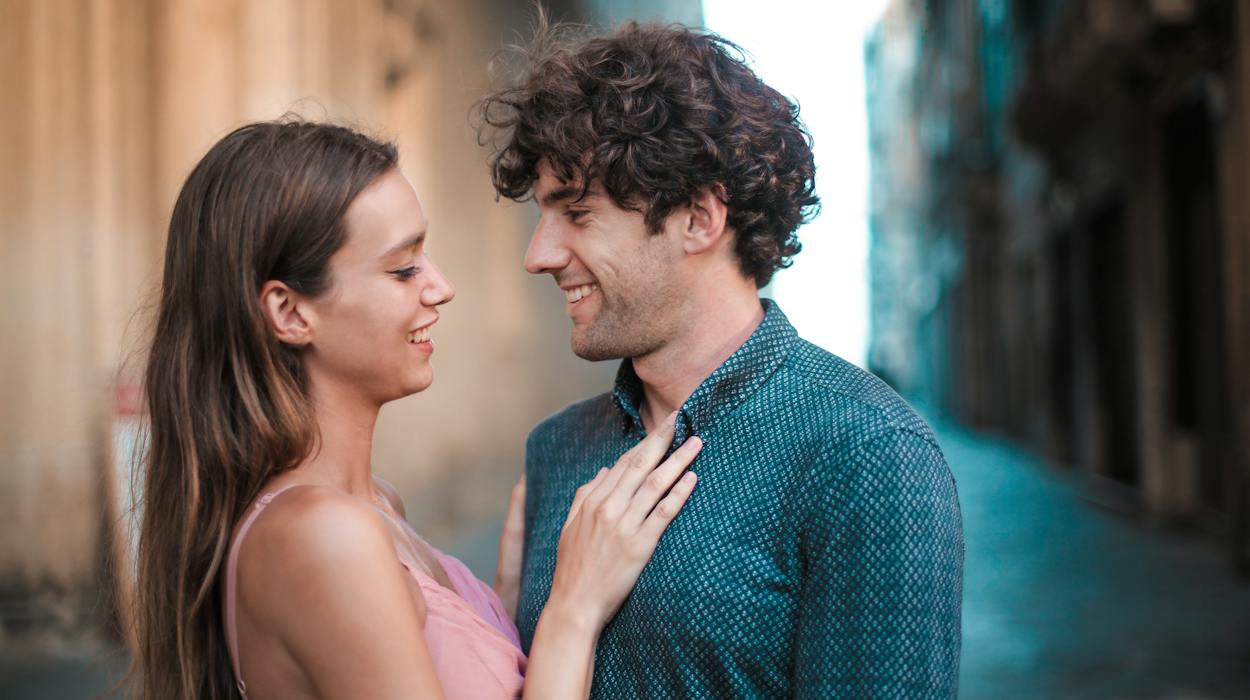
Romantic Attraction Vs. Other Attractions
By now, we know that romantic attraction is a type of emotional and psychological attraction that one person feels toward another. It is often characterized by a strong desire for emotional intimacy, and a romantic or sexual relationship. It differs from other types of attractions, such as platonic attraction.
Here are some key distinctions between romantic and other types of attractions:
1. Romantic attraction
Emotional intimacy: Romantic attraction often involves a desire for deep emotional connection and intimacy with the person you are attracted to. This may include feelings of love, passion, and attachment.
Desire for a romantic relationship: People who experience romantic attraction typically have a desire for a romantic partnership, which may include dating long-term and possibly marriage.
Sexual attraction: Romantic and sexual attraction go hand in hand for many, but not for everyone. Some individuals may experience romantic attraction without sexual attraction, or vice versa (as in the case of asexual or aromantic individuals).
Related Reading: Saying I Love You First Time – 13 Perfect Ideas
2. Platonic attraction
Friendship and companionship: Platonic feelings are based on the desire for friendship, companionship, and social connection without romantic or sexual elements.
Emotional bond: It involves forming close emotional bonds and networks of care with friends or platonic partners, but the depth and nature of these bonds are different (not necessarily less) from those in romantic relationships.
Non-sexual bond: Platonic attraction does not include romantic and sexual attraction or a desire for a romantic relationship. There are queerplatonic partnerships, though, that can be described as romantic (not the Hollywood definition), but without the sexual element.
3. Sexual attraction
Appreciation of beauty: When you feel sexually attracted to someone, it involves being drawn to someone’s physical appearance, personality, or certain qualities without necessarily desiring a serious relationship.
Emotional intimacy: Sexual attraction might involve a desire for a profound connection. Or it could be more surface-level in nature, without the expectation of emotional comfort.
Romantic attraction: You might a) Simultaneously feel romantically attracted to the one you find sexually appealing, b) Fall romantically for them later even though you only found them hot in the beginning, c) Never think of a romantic future with them.
4. Emotional attraction
Deep emotional connection: This often involves feelings of understanding, acts of care, empathy, and a strong sense of familiarity with another person. In some cases, even though a couple may not feel attracted to each other romantically, they could still be emotionally connected to each other.
Shared values and beliefs: Emotional attraction often arises when individuals discover shared values, beliefs, and life goals. They find common ground in their principles and aspirations. These bonds are strong, and may or may not cause sexual and romantic attraction.
Empathy and understanding: People experiencing emotional attraction can easily put themselves in each other’s shoes and offer support and comfort during difficult times. This is an element of romantic feelings too, but may not indicate sexual desire.
Related Reading: 11 Signs Of Magnetic Attraction Between Two People
Sexual attraction vs. romantic attraction
| Sexual Attraction | Romantic Attraction |
| A desire for sexual intimacy or engagement with someone. | A desire for emotional connection, affection, and intimacy with someone. |
| Can be driven immediately by sexual chemistry or physical appearance. | Often develops over time and is more aimed at an emotional bond and shared experiences. |
| Primarily based on physical attributes, such as attractiveness, body type, and sexual compatibility. | Based on emotional and intellectual compatibility, shared interests, and a sense of emotional connection. |
| An important aspect of romantic relationships but can exist independently of romantic attraction as well. | A critical component in romantic relationships, often the foundation for love and long-term commitment. |
| Typically expressed through sexual desire, arousal, and physical attraction. | Expressed through care, affection, spending time together, and building a deeper connection. |
| Can vary in intensity and change over time. Influenced by hormonal fluctuations, changing feelings, and individual preferences. | Can vary in intensity and evolve. Influenced by personal growth, shared experiences, and changing feelings. |
Dhriti says, “Romantic attraction involves a profound longing for genuine emotional connection with someone in the long term, marked by a desire to understand them beyond the realm of physical intimacy. It often entails caring, protecting, and providing for the other person, going beyond the boundaries of sex. In contrast, sexual attraction is driven by physical features and the allure of lust and sexual arousal, sometimes occurring instantaneously and accompanied by explicit thoughts and fantasies.”
Related Reading: Could You Be In A Romantic Friendship With Someone? 7 Signs That Say So
What Are Signs Of Romantic Attraction?
Signs of romantic attraction are the subtle and not-so-subtle cues that individuals display when they feel drawn to someone in a romantic way. These signs can manifest in many forms, both verbally and non-verbally, providing insight into their emotional state. While not all signs may be present in every romantic attraction, we have a list of some common romantic attraction signs for you.
Dhriti adds, “Common signs of romantic attraction in individuals often include a constant, even obsessive, preoccupation with the person of interest. There’s a profound longing for a deeper connection, an insatiable desire to truly know them. This attraction is marked by an overwhelming urge to spend quality time together, create shared experiences, and a longing to confide even the most intimate details of your life.”
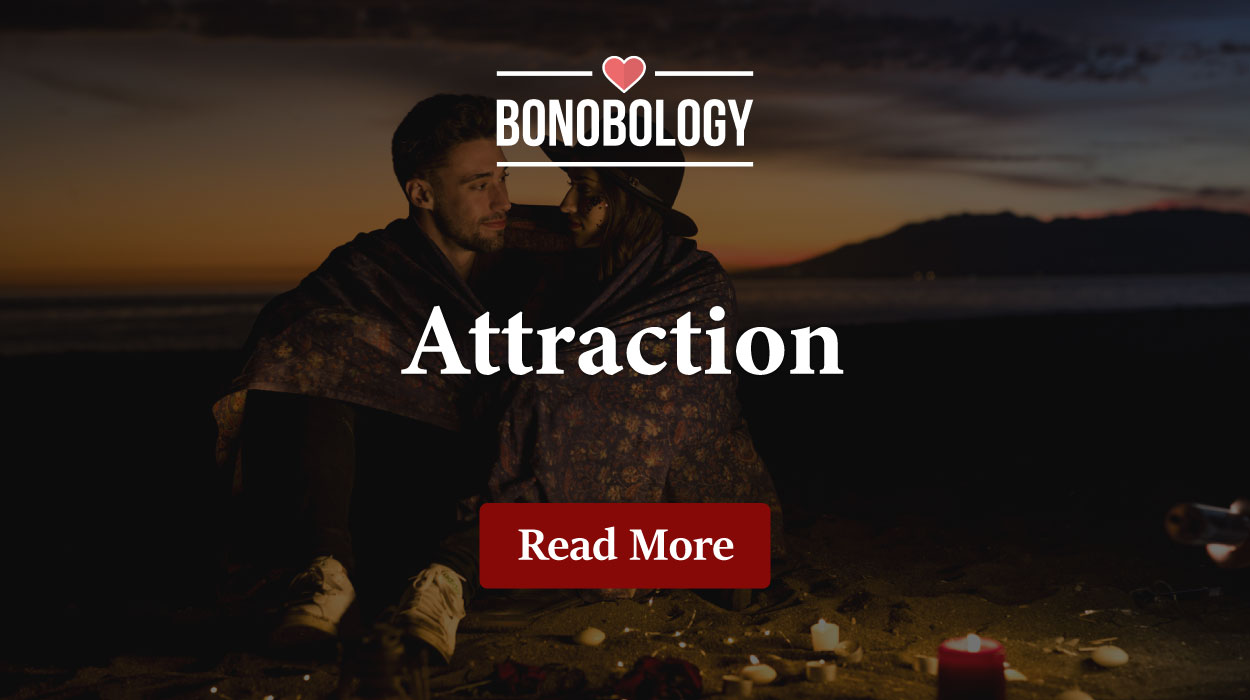
1. Increased time together defines romantic attraction for many people
One of the clearest romantic attraction signs is the desire to spend more time together. When someone is romantically involved with another person, they often make a concerted effort to be in their company. This increased togetherness might manifest as one-on-one dates, group outings, or even a desire to attend events that the other person is romantically involved in. The choice to spend time with someone romantically reflects the intention to nurture the budding relationship and explore the potential for something more meaningful.
2. Safe touch is a great sign of having romantic feelings
Physical touch is a powerful means of expressing romantic attraction. It includes a range of affectionate gestures like holding hands, hugging, kissing, and other forms of non-sexual contact. This physical intimacy indicates the following:
- Desire for closeness as well as emotional connection
- Way to bridge the emotional gap
- Affection and warmth with the person of interest
- Transition of the dynamic beyond friendship, and into the realm of romantic involvement
Related Reading: 10 Things That Count As Emotional Attraction And Tips To Recognize It
3. If you’re romantically attracted to someone, you try to create an emotional bond with them
At the heart of romantic attraction lies a deep emotional connection. People who are romantically attracted to one another are inclined to share their innermost thoughts, feelings, and personal experiences. Here’s why it’s important:
- It brings out vulnerability: This emotional bonding indicates trust and a willingness to be vulnerable with the other person
- It involves the future: You have conversations about your hopes, dreams, fears, and aspirations, creating a further sense of emotional intimacy
- It develops a romantic relationship: Your emotional bond signifies a connection that goes beyond the surface and is characterized by mutual respect, empathy, and the desire to support and comfort one another through life’s ups and downs
4. It brings along a desire for commitment
You glow differently when you’re being treated right. And with that, comes the urge to commit and, most probably, settle down. A distinct sign of romantic attraction is that people often talk about their intention to be in a committed relationship. They may plan a future as a couple. This desire goes beyond the casual nature of non-romantic relationships. It signifies a readiness to invest time, effort, and emotions in building a long-term partnership.
5. Butterflies and nervousness are romantic attraction signs
Romantic attraction often elicits physical and emotional responses, such as feeling butterflies in the stomach or experiencing nervousness when around the person of interest — a textbook example of romantic love taking root. These sensations are tell-tale signs of the excitement and anticipation that come with romantic attraction.
Fluttering in the stomach is a physiological response to the emotional intensity of the connection. And nervousness can take the form of fidgeting, blushing, or finding it challenging to maintain composure. These reactions often indicate:
- Desire to make a good impression
- Fear of being vulnerable
- Heightened emotional state associated with romantic attraction
Related Reading: 17 Signs Of Sexual Tension You Cannot Ignore — And What To Do
6. You’re preoccupied with thoughts of the future
People experiencing romantic attraction often find themselves daydreaming about a future with the person they are attracted to. These thoughts of the future can be indicative of a deep and growing connection.
- They may envision their lives intertwined with the other person – planning romantic activities, milestones, and goals that involve them both
- They demonstrate a willingness to invest in the relationship in the long term
- Their priorities evolve beyond the present and carry the potential for a deeper relationship
Now that you know the signs of romantic attraction, do you think you feel that way for someone? Remember this, though: Just because you have strong romantic feelings for a person, it does not mean you’re necessarily compatible in the long term.
Dhriti warns against entering a relationship even if you have feelings for one another. She says, “People with low self-esteem and poor self-worth may be more inclined to accept poor treatment or settle for less in their relationships. Jealousy and insecurity are often byproducts of low self-esteem, potentially causing conflicts and instability within a romantic partnership. All of this can lead to infidelity, as individuals seek external validation due to their inability to communicate their needs to their partner. This can further undermine the quality and stability of romantic relationships.”
So, be sure to look out for signs of incompatibility, too, and the lack of internal healing. It might save you a lot of heartbreak.
How Does Romantic Attraction Work?
Romantic attraction is a complex interplay of psychological, biological, and social factors that draws individuals toward one another in a way that transcends friendship and fosters deep emotional connections. Understanding how romantic attraction works involves exploring the following aspects:
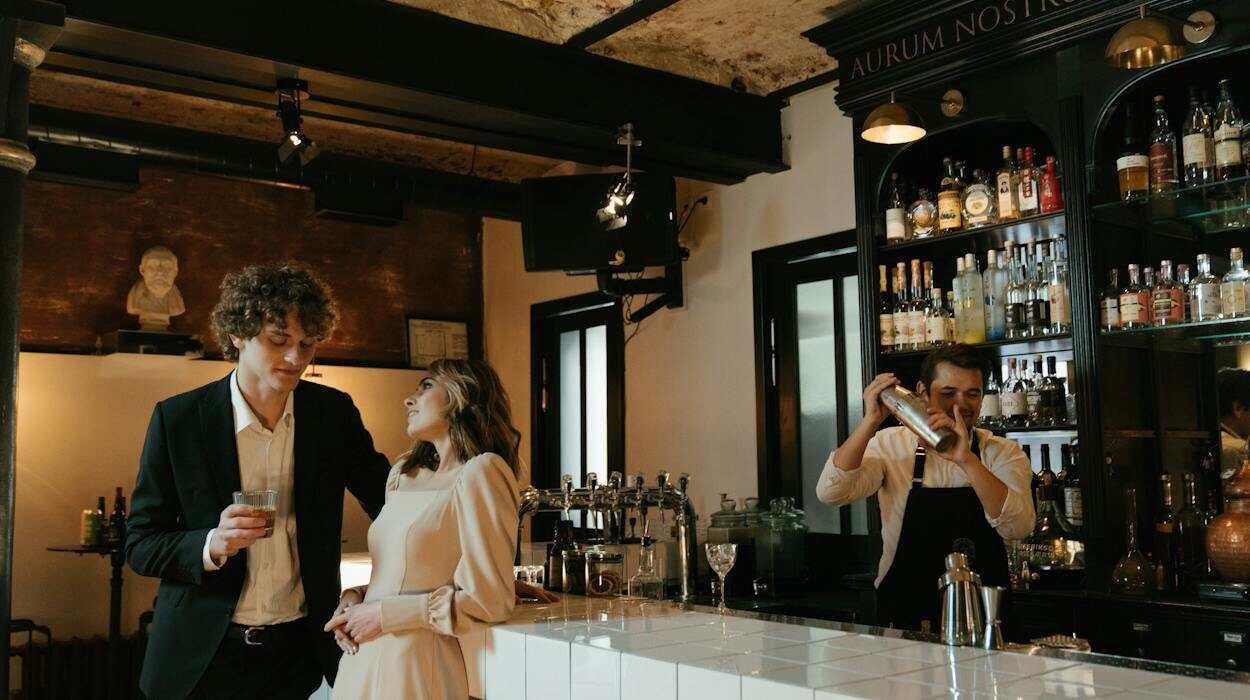
1. Biological factors play a role in creating and growing our romantic feelings
Biological processes play a significant role in romantic attraction. Hormones like oxytocin, dopamine, and serotonin are released in the brain when individuals experience attraction to someone. The surge of these hormones contributes to the excitement and joy you experience when you feel romantic attraction.
2. Psychological factors
Psychologically, romantic attraction can be influenced by both similarity and complementarity. People are often attracted to those who share similar interests, values, and life goals. Also, sharing common experiences, such as work, school, hobbies, or travel, can facilitate romantic attraction and create opportunities for bonding.
Also, many individuals are drawn to those who have complementary qualities, thus filling gaps in each other’s personalities.
3. Attachment styles can decide romantic attraction
Attachment theory suggests that attachment is simply a learned behavior. People with a secure attachment style tend to have more stable and healthy romantic attractions, while those with anxious or avoidant attachment styles may experience attraction differently, often characterized by a fear of rejection or a reluctance to get too close.
Dhriti says, “Individual differences in personality, attachment styles, and past relationship experiences actively influence the way people perceive and engage in romantic attraction. Childhood experiences and observations play a pivotal role, as attachment styles develop from early interactions with parents or siblings. Factors like sexual and romantic orientation, too, can shape the kind of attractions individuals experience.”
Related Reading: 11 Powerful Intense Attraction Signs
4. Social and cultural conditioning
Dhriti says, “Social and cultural norms wield significant power in shaping the landscape of romantic attraction, often defining whom we’re attracted to as well as our perceptions and expectations of romantic relationships. The media, including movies and television, frequently projects unrealistic ideals and standards of love, damaging our expectations.”
5. Proximity can be a factor in being romantically attracted to someone
People tend to develop romantic attraction to those they are frequently exposed to. This is because people are more likely to get to know and interact with individuals who are nearby.
The role of the exposure effect in attraction is significant. According to research, “The extended exposure of an individual to another helps to cause romantic love and specifically facilitates the development of romantic love over extended periods of time.”
6. Reciprocal liking
According to the above research, “Reciprocal liking (mutual attraction) is ‘being liked by the other, both in general, as well as when it is expressed through self-disclosure.’ It has been frequently identified as preceding romantic love among participants from the United States.” It does feel safer to be attracted to someone who likes you back. It decreases the chance of rejection, awkwardness, or embarrassment.
Key Pointers
- What is romantic attraction? It is the result of a complicated interaction of biological, psychological, and social factors. Attraction is influenced by hormones such as oxytocin and dopamine, as well as attachment styles and early experiences
- Physical and emotional connections, shared interests, comfort, and intellectual compatibility are all examples of romantic attraction. It is a deeply personal experience, and what one person finds appealing may not be appealing to another
- Increased time spent together, physical touch, emotional bonding, flirtation, a desire for commitment, and thoughts of a shared future are all signs of romantic attraction
- Cultural and societal norms influence how people perceive and express romantic attraction. These norms shape preferences and attractiveness ideals
- Romantic attraction may develop over time, beginning with infatuation and progressing to intimacy
Romantic attraction has a significant impact on how we desire relationships or emotional connections with a person. It involves a flood of emotional and physical sensations, and intellectual bonds that make each romantic relationship unique and deeply personal. The influence of cultural and societal norms on our perceptions of attractiveness cannot be overstated. From biological factors like the release of hormones to psychological factors like early life experiences, it all shapes our attraction. If you feel confused about your feelings even after reaching out to loved ones, then head over to a licensed therapist. They may not be able to tell you how you feel, but they can help you understand the romantic fog in your brain.
FAQs
Romantic attraction can often be associated with having a crush, but they are not the same thing. A crush is typically an intense infatuation or romantic interest in someone, often characterized by feelings of excitement, nervousness, and a desire to get to know the person better. It may not entail the need for a relationship.
For many people, romantic attraction involves both emotional and physical elements. But for some aromantic or asexual people, this may not be the case. Emotionally, it’s about feeling a strong connection, affection, and love for someone. Physically, it can involve attraction to their appearance and a desire for sexual intimacy.
The duration of romantic attraction can vary significantly from person to person and relationship to relationship. In some cases, it may be short-lived, lasting only for a brief infatuation or a crush, while in other cases, it can endure and grow over time into a long-term romantic love.
How To Tell If A Hug Is Romantic? Get To Know The Secret Behind Hugs!
Eye Contact Attraction: How Does It Help To Build A Relationship?
Your contribution does not constitute a charitable donation. It will allow Bonobology to continue bringing you new and up-to-date information in our pursuit of helping anyone in the world to learn how to do anything.

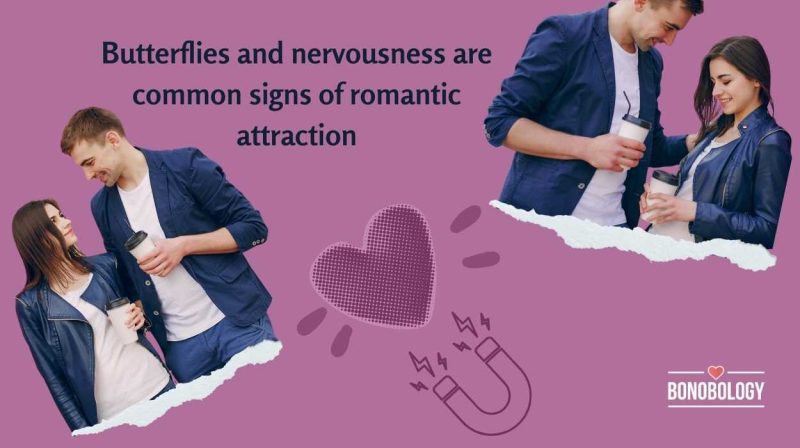
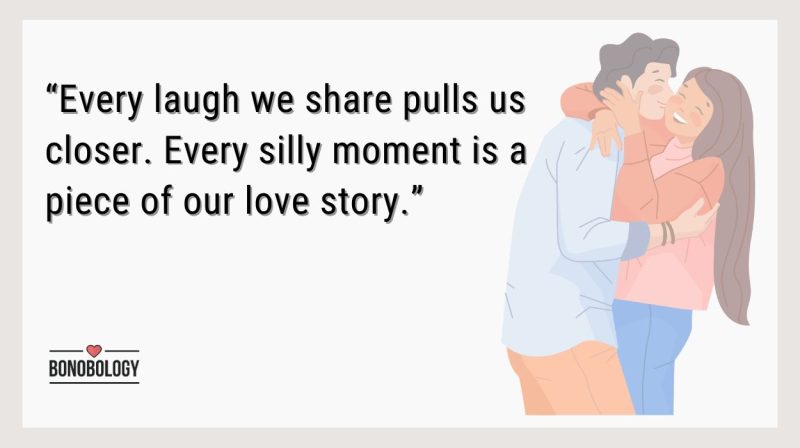
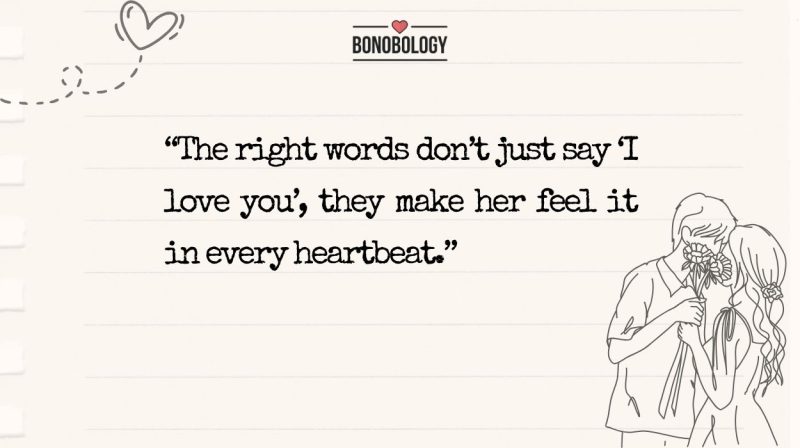

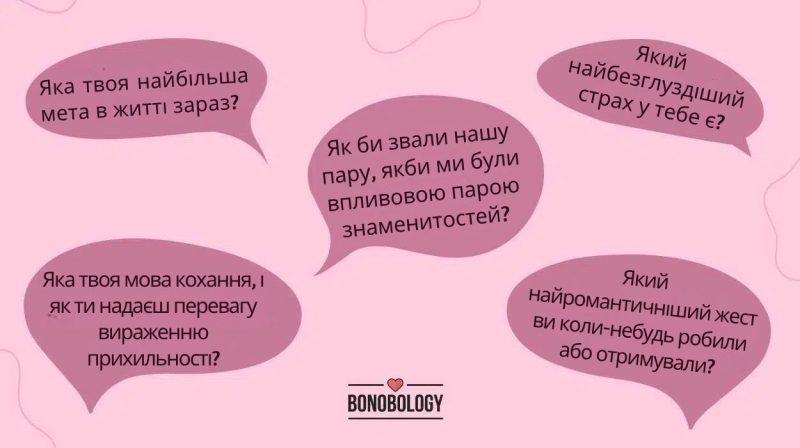















This was just by and large the most helpful article I’ve found, and I wanted a very short route to say thank you.